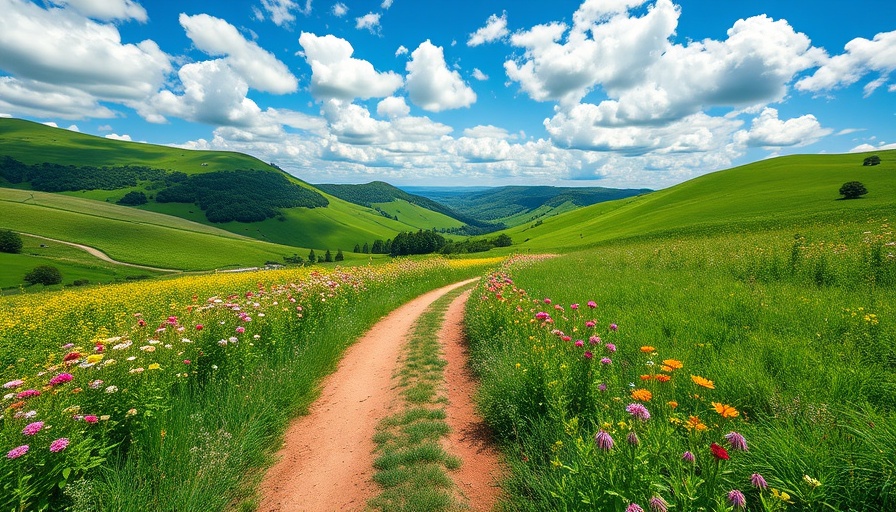
Are Rattlesnakes a Real Danger in Colorado's Wilderness?
Experiencing the breathtaking landscapes of Colorado can be exhilarating, but did you know that its wilderness is also home to rattlesnakes? Though encounters can be unnerving, understanding these fascinating creatures can enhance your experience in the great outdoors. With proper knowledge, you can confidently appreciate the beauty of nature while remaining safe.
Types of Rattlesnakes Found in Colorado
In Colorado, three distinct species of rattlesnakes can be found, and each has its own unique characteristics. All are venomous, yet they aren't typically aggressive unless provoked. Let's dive into some details about the species you might encounter:
- Prairie Rattlesnake (Crotalus viridis): The most common rattlesnake in the state, this species thrives throughout much of Colorado's varied landscapes, from plains to foothills. They have a distinctive muddled brown appearance with dark blotches that help them blend into their surroundings, offering camouflage from predators.
- Midget Faded Rattlesnake (Crotalus concolor): Previously considered part of the prairie rattlesnake family, this smaller cousin is a true gem of Colorado. Its unique yellowish hue and faded appearance make it quite different from its more common relatives.
- Western Rattlesnake (Crotalus oreganus): This stocky snake, found mainly in the western regions of Colorado, has distinct markings that can vary significantly from one individual to another, ranging from gray to light brown.
While common knowledge often portrays rattlesnakes as aggressive predators, understanding their behavior reveals that they tend to avoid humans. The tale of rattlesnakes being more frightened than threatening is one worth sharing among fellow adventurers!
Identifying Rattlesnakes in the Wild
Identifying rattlesnakes is crucial for safety. Each species shares specific defining features:
- **Rattle:** The most obvious feature is the rattle on their tail, which they use as a warning signal.
- **Triangle-Shaped Head:** All rattlesnakes have a distinct, broad head that is easily recognizable.
- **Vertical Pupils:** Their eyes exhibit a non-circular pupil type that adds to their unique appearance.
- **Thick Body:** Rattlesnakes generally have robust bodies, making them appear more intimidating.
Armed with this information, you can feel empowered during your hikes. You'll not only know what to look for but also have a better understanding of how to react if you happen upon one.
How to Handle a Rattlesnake Encounter
While it is unlikely that you'll come across a rattlesnake, it’s important to know how to react. If you find yourself in such an encounter:
- Stay Calm: Do not provoke the snake. Back away slowly and give the rattlesnake space.
- Watch the Snake: Keep an eye on its movements to avoid surprises.
- Educate Others: Share your knowledge and ensure your friends are aware of how to handle such encounters too.
Incidents involving rattlesnake bites happen rarely, which allows for peace of mind. In areas like JeffCo Open Space Parks, only a handful of bites are reported yearly, highlighting that the risks can be manageable with awareness.
Final Thoughts: Enjoying Colorado's Natural Wonders Safely
Exploring Colorado's outdoor splendor is an adventure unlike any other, and misinformation shouldn't hold you back! Embrace the possibility of encountering wildlife, including rattlesnakes, as part of your journey. With the right knowledge, you can enjoy your time in the wilderness while respecting its inhabitants. Remember, these creatures are an essential part of the ecosystem, playing roles that maintain balance in nature.
So, whether you're hiking, picnicking, or camping, keeping these safety tips in mind will ensure you're prepared for any wildlife encounter. As you venture into the wild, take a moment to enjoy the beauty around you — rattlesnakes and all!
 Add Row
Add Row  Add
Add 




Write A Comment